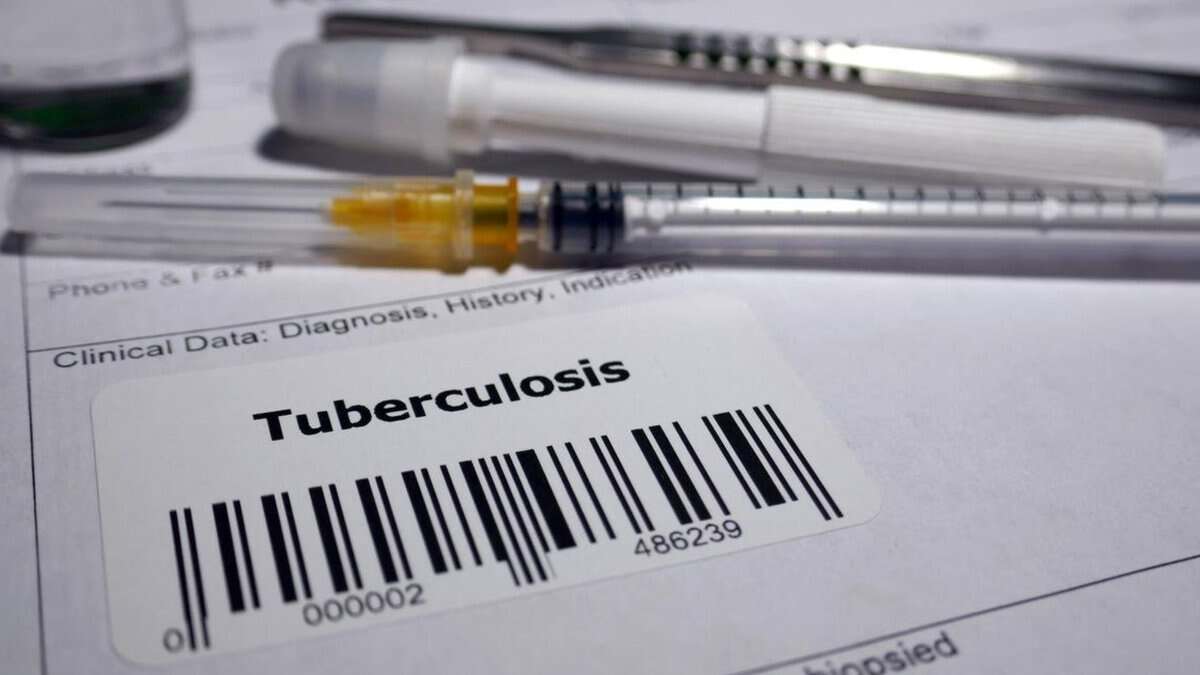
New Delhi: India accounted for the highest number of TB cases in 2024, followed by Indonesia, the Philippines, China, and Pakistan, said the WHO Global Tuberculosis Report 2025, as it called for increased funding to eradicate the disease.
Geographically, most people who developed TB in 2024 were in the WHO regions of South-East Asia (34 per cent), the Western Pacific (27 per cent) and Africa (25 per cent), with smaller proportions in the Eastern Mediterranean (8.6 per cent), the Americas (3.3 per cent) and Europe (1.9 per cent), the report said.
The 30 high-TB burden countries accounted for 87 per cent of all estimated incident cases worldwide, with eight of these countries accounting for two-thirds (67 per cent) of the global total.
India registered the highest, 25 per cent, of these cases, followed by Indonesia (10 per cent), the Philippines (6.8 per cent), China (6.5 per cent), Pakistan (6.3 per cent), Nigeria (4.8 per cent, the Democratic Republic of the Congo (3.9 per cent), and Bangladesh (3.6 per cent).
The top five countries accounted for 55 per cent of the global total.
The WHO observed that TB remains a major global public health problem and progress in reducing the burden of disease falls far short of 2030 targets in most parts of the world.
It, however, said that after setbacks from the COVID-19 pandemic, most indicators were moving in the right direction.
Money allocation for the TB response remains grossly inadequate and has been stagnating, the report said.
Funding for the provision of TB prevention, diagnosis, and treatment amounted to USD 5.9 billion in 2024, and funding for TB research was USD 1.2 billion in 2023. These figures are 27 per cent and 24 per cent of the global targets of USD 22 billion and USD 5 billion annually by 2027.
“Cuts to international donor funding from 2025 onwards threaten overall funding for the TB response in many countries,” the report read.
It said that achieving the goal of ending TB will need political commitment and domestic funding in high-TB burden countries, more importantly than ever.
However, in low- and middle-income countries (LMICs), which account for 99 per cent of fresh TB cases each year, funding has stagnated for five years and in 2024 it remained far short.
According to the report, India also accounted for the highest number of people estimated to have developed Multidrug-resistant TB (MDR-TB) MD and Rifampicin-resistant TB at 32 per cent.
Four countries, including India, accounted for more than half of the global number of such patients. Of the remaining, China accounted for 7.1 per cent, the Philippines, 7.1 per cent and the Russian Federation, 6.7 per cent.
In 2024, 69 per cent of the global number of deaths caused by TB among HIV-negative people occurred in the WHO African and South-East Asia regions.
India alone accounted for 28 per cent of deaths globally.
The two regions accounted for 71 per cent of the combined number of deaths caused by TB among people with and without HIV. India accounted for 25 per cent of such deaths.
Among the 30 high-TB burden countries in 2024, the number of people newly diagnosed with TB and officially reported as a TB case as a percentage of the estimated number of people who developed TB (incident cases) was highest (more than 80 per cent) in Bangladesh, Brazil, Ethiopia, India, Kenya, Mozambique, Uganda, and Zambia.
In 2024, the global gap between estimated TB incidence and the reported number of people newly diagnosed with TB was mostly accounted for by 10 countries.
These 10 countries collectively accounted for 63 per cent of the global gap, the WHO report said.
The top five countries (collectively accounting for 40 per cent of the global gap) were Indonesia (10 per cent), India (8.8 per cent), the Philippines (7.5 per cent), Pakistan (7.2 per cent) and China (6.9 per cent).
Globally, the absolute number of people falling ill with TB decreased in 2024 for the first time since 2020. The improvement came after three consecutive years of increases due to COVID-related disruptions.
The total of 10.7 million was a small (1 per cent) reduction from 10.8 million in 2023, but still above the level of 2020 (10.3 million).
There was a larger (1.7 per cent) global decline in the TB incidence rate between 2023 and 2024 — at 131 per 100,000 population in 2024, this was back to the level of 2020.
“The net reduction from 2015 to 2024 was 12 per cent, far from the End TB Strategy milestone of a 50 per cent reduction by 2025 and the target of an 80 per cent reduction by 2030,” the report stated.
Globally, the number of deaths caused by TB also fell in 2024.
The total of 1.23 million was 3 per cent less compared with 1.27 million in 2023.
The net reduction from 2015 to 2024 is more impressive, at 29 per cent, but still far from the End TB Strategy milestone of a 75 per cent reduction by 2025, and the target of a 90 per cent reduction by 2030, the report stated.
During the same period, 101 countries achieved at least a 20 per cent reduction in TB incident rates, and 65 countries achieved reductions of 35 per cent or more in TB-related deaths.
These countries have attained the first milestones of the WHO End TB Strategy.



